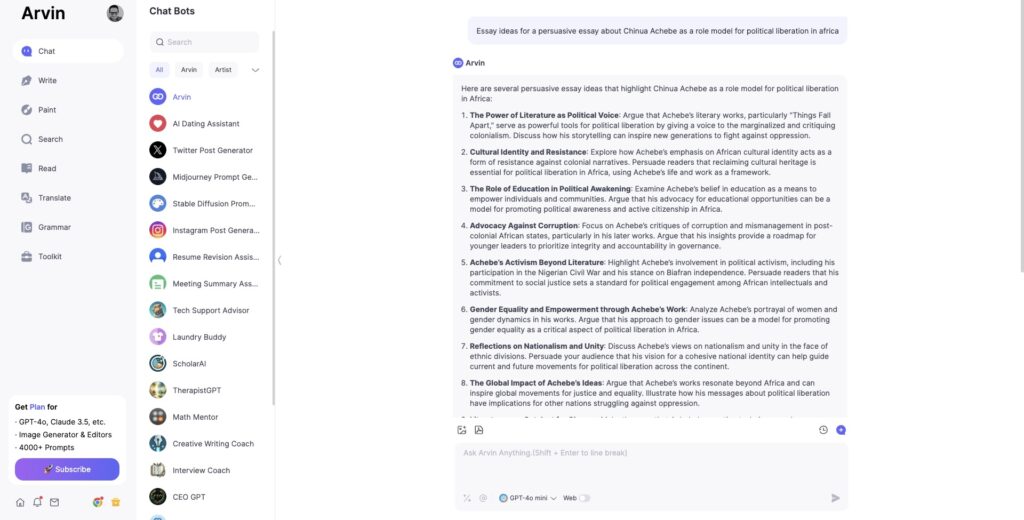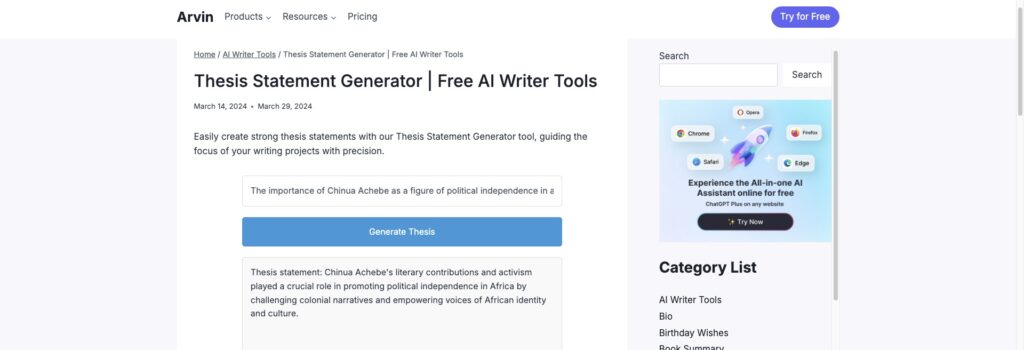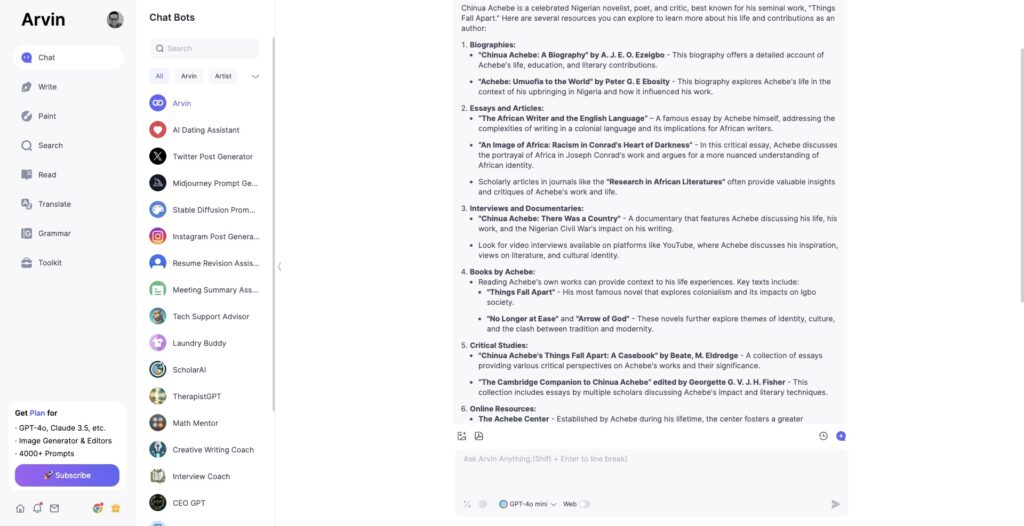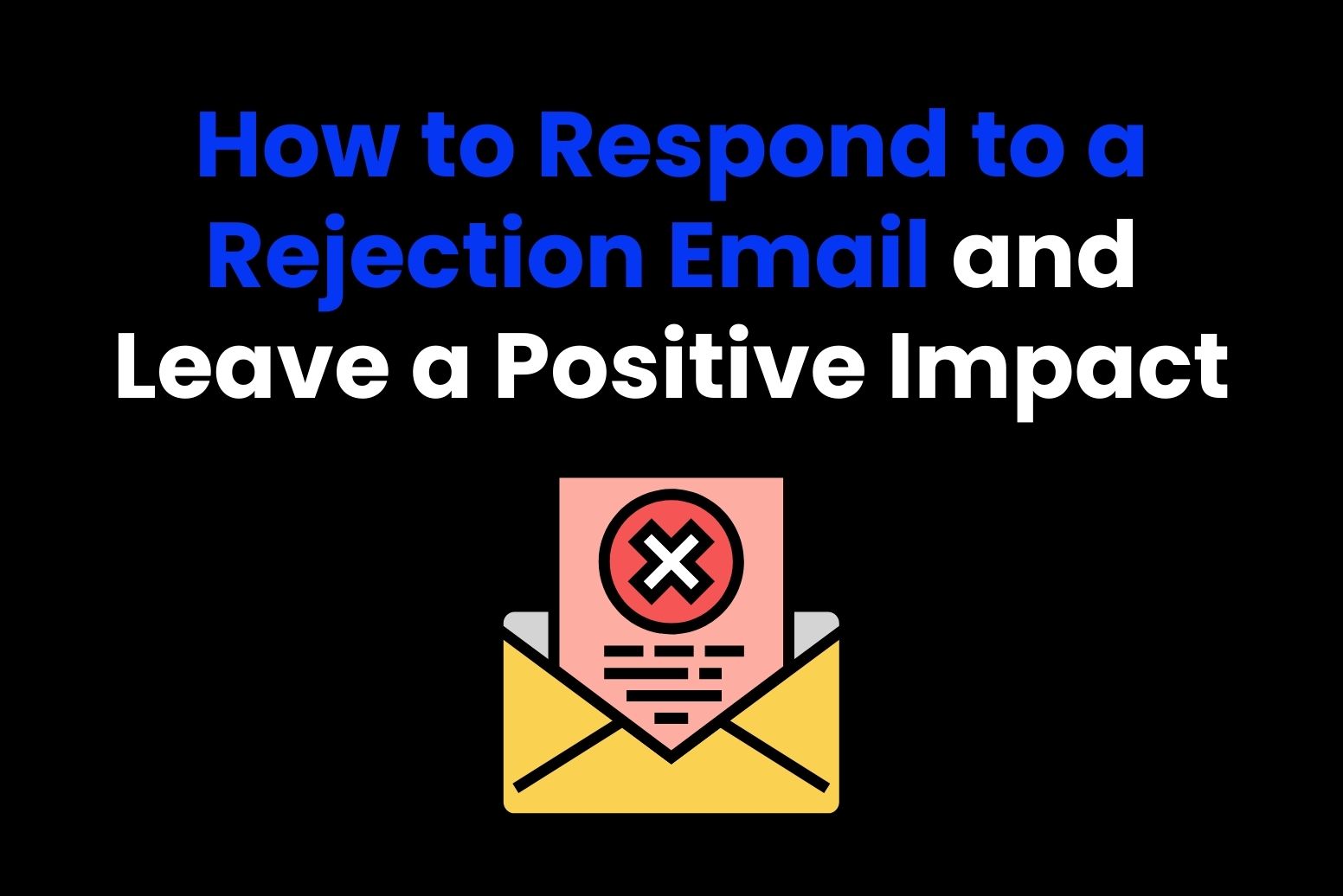
Discovering how to start a persuasive essay will stand you in good stead throughout your academic career. After all, this is one of the most common types of essays, alongside narrative and expository essays.
However, beginning an essay is far from straightforward. What do you need to know about a persuasive essay? How should it be structured? What do you need to include in the introduction? How do you write a thesis statement?
All of these are crucial questions that you must answer before putting pen to paper. To help you, I reflect on my time as an undergraduate and graduate student at university.
I loved writing persuasive essays and have lost count of the number of essays I submitted to my professors. So, in this article, I share some of my tips and advice to show you how to start a persuasive essay.
I also illustrate how Arvin AI, when used smartly, can be your best friend when planning and writing essays at college or university.
What is a persuasive essay?
Looking back on my time at university, I’d probably say that persuasive essays were my favourite to write. This is because they gave me the opportunity to defend something I cared about or to challenge a claim I deeply disagreed with.
As the name of the essay suggests, it’s the student’s opportunity to persuade the reader, typically a professor, that your point of view is valid. Therefore, to write a solid, persuasive essay, you need to be convincing.
Helpfully, there’s a framework available that helps you to become more persuasive, as it’s not the easiest writing style to master.
Aristotle’s Three Methods of Persuasion
We have to travel back in time to ancient Greece and the time of Aristotle to learn about the foundation of your upcoming persuasive essay. The legendary Aristotle provided philosophy and guidance during his time, much of which is still valid today.
For the purpose of a persuasive essay, we can turn to Aristotle’s three methods of persuasion, namely, Ethos, Pathos, and Logos. Let’s look at each in isolation and how they can help you to write a persuasive essay.
Ethos: Credibility
This is cocnerned with the credibility of the speaker or writer. So, in other words, why should your reader believe the arguments that you make in your essay? Aristotle believed that people were more likely to be trusted by people who were a likeable authority on a particular source.
He also defined ethos as “an ability for doing good; the greatest virtues are necessarily those most useful to others.” So, your first job in your persuasive essay is to show that you can be trusted as a source. You must, as Aristotle said, be useful to others.
Your very role as a student makes you credible, but you need to go one further. Explain how you plan to present your argument and what research you have undertaken. Which sources will you draw on? How will you ensure balance and objectivity?
Learning how to start a persuasive essay is understanding ethos. You can then think about pathos, the next of Aristotle’s method of persuasion.
Pathos: Emotional connection
If you are to successfully effect change (or influence your reader), your argument must resonate with their emotions. This is where pathos comes in. As a writer, you must appeal to the reader’s imagination and create emotional responses to the points that you make.
On the flip side, if you come across as aloof or completely detached from the subject matter, you will find it difficult to persuade the reader to see things from your perspective.
Logos: Reasoning
Last but certainly is logos, the art of reasoning. To make a reasoned argument, Aristotle posited, it must be contextually relevant and well organized. You must make meaningful relationships between facts and opinions and support claims with established publications.
Logos is specifically concerned with the characteristics of the argument, particularly in how it is created and presented. In other words, make a logical and reasoned argument that is easy for your reader to follow.
Why is this relevant to a persuasive essay?
Okay, so you came here to learn how to start a persuasive essay, not for a lesson in classical Greek literature. But the reality is that Aristotle’s three methods of persuasion are super relevant to your modern-day essay writing. I always used them to guide me while I was studying at university.
But rather than the outdated terms of “ethos, pathos, and logos,” I characterized these three key points as follows:
- I must show my credibility as a writer. I can do this by presenting my case as a student in a specific field and by drawing on established, respected publications in my work.
- My writing should emotionally connect with the reader, even if it is my professor. My central argument should resonate with the reader, not be aloof or standoffish.
- I should present my argument in an organized and logical manner. It should be clear, easy to follow, and well-constructed.
I hope using my modern-day framing of Aristotle’s methods of persuasion helps you structure your essay. But did you know you can also prompt Arvin AI to create the ideal structure if this all seems a bit confusing?
For instance, you could prompt Arvin to lay out the ideal structure of a persuasive essay about a specific topic. You can then use this to guide you as you do your research. More on this shortly.
How to start a persuasive essay – crucial steps to take
Don’t worry – we’ve left Aristotle in the past where he belongs. It’s now time to show you how to start a persuasive essay that actually achieves its goal.
Step 1: Think carefully about the topic
The best persuasive essays are written by people who genuinely care about a specific issue or topic. After all, it’s very difficult to persuade someone to agree with you if you’re not sold on the argument yourself.
As a former English literature student, I sometimes had to write essays about authors or books that I didn’t enjoy or care for. But when the opportunity to write a persuasive essay arose, I always tried to find a subject that I was genuinely passionate about.
For example, one of my favorite subjects was post-colonial African literature. I love authors like Chinua Achebe and Robert Sobukwe. I found it much easier to write about their work and the causes within than when I was tasked with writing about American authors like Mark Twain or Henry David Thoreau.
Now, my point here is that if your professor has given you the opportunity to do so, write your persuasive essay about a topic that you’re passionate about. So, begin by thinking – what within my subject do I care about? How can I present an argument that I actually believe in?
You can use Arvin to help you if you’re stuck.
For instance, I prompted Arvin to come up with persuasive essay ideas relating to Chinua Achebe’s position as a political liberator in Africa. Here are some of Arvin’s recommendations:

Step 2: Settle on a thesis statement
After thinking long and hard about your topic, you need to formulate your argument. The best way to do this is with a strong and clear thesis statement.
Though it might sound a little technical, a thesis statement is simply an expression of the argument you want to make.
For example, let’s say you want to make the case for the crucial role of honey bees in the world. You might write the following thesis statement:
Bees are crucial to the world’s biodiversity. They contribute to human survival by pollinating food crops, supporting the broader ecosystem, and providing essential nutrients to different groups of people.
Writing a thesis statement can be taxing, as you need to consider what argument you’re going to make. Your statement shouldn’t contradict your argument, and it must be broad enough to bring in different points of view.
If you’re struggling to pin something down, Arvin can make your life so much easier and you can use our excellent Thesis Generator Statement. It’s free and easy to use and is the perfect way to articulate your argument. It will help you enormously with Aristotle’s “logos” – or how to present your argument in a logical and organized manner.
Using my ongoing example of Chinua Achebe, I told Arvin that I wanted to write a thesis about “The importance of Chinua Achebe as a figure of political independence in Africa.” Here’s the thesis that Arvin generated for my persuasive essay:

As you can see, the Thesis Generator has taken my idea for a persuasive essay and crafted a concise, unique, and relevant thesis that I can present to my reader. It’s the ideal way to kick off my persuasive essay, and I can refer to it throughout my work.
Keen to learn more about writing a thesis? Check out our recent blog post to learn how long a thesis should be, depending on how you need to use it.
Step 3: Conduct your research
You’re now ready to conduct your research. Even though you’re trying to persuade the reader of your point of view, you must look at both signs of the coin.
After all, for balance, your essay must present two sides of the argument. The true skill lies in showing the reader that your side of the argument is stronger and the one to be believed or agreed with.
You can do your research by reading broadly on the topic and the argument that you want to present. You may even find that you change your mind as you read, and you may need to tweak your thesis.
But how do you know which resources to use?
Again, you ask Arvin to recommend some resources relating to your topic and argument. I did exactly this, using my Chinua Achebe essay as an example once more, as you can see below:

Within seconds, Arvin recommended dozens of brilliant sources, including books, interviews, and critical studies. If I were writing this essay from scratch, I could use these sources as the starting point for my research.
Step 4: Start writing

Learning how to start a persuasive essay is all well and good, but you need to actually start writing! With all the tips and steps above considered together, you can press ahead and start writing.
As I recall from my studies, most persuasive essays I wrote were around 3,000 words, which is a relatively small number of words to play with.
You should always begin with your word count in mind, as you need to structure your essay accordingly. It should have:
- A clear introduction, which should be no more than 10% of the word count.
- A comprehensive middle section, which should make up 75-80% of the word count.
- The conclusion should be around 10% of the word count.
- References, citations, and a bibliography, which should be the final section. You can use Arvin to create citations in APA, MLA, or Chicago style.
Planning an essay is often easier than writing it, but you need to make a start. Don’t feel obliged to start with the introduction, though. You might find it easier to write the bulk of your persuasive essay before returning to the introduction later.
As you start writing your persuasive essay, improve your work with our Introduction Paragraph Generator. I mentioned above that the introduction is often the toughest part of an essay, so feel free to ask Arvin for help.
Simply prompt the generator with a sentence or thesis argument and have an introduction in seconds. You can then personalize and refine the introduction to ensure it’s relevant to your essay.
The verdict: How to write a persuasive essay
Starting a persuasive essay is all about planning your content before putting pen to paper. The more you plan and research your topic, the better your essay will be.
Though ancient, understanding the crucial role of ethos, pathos, and logos in persuasive essay writing will also help. Then, using Arvin AI tools like our Thesis Generator and Introduction Generator can save you lots of time and effort.
As shown in this article, advanced AI tools, like those available from Arvin, can make a huge difference to the quality of your academic work. They can also be a useful research aid and can help you in numerous ways.
So, feel free to experiment with Arvin AI when writing your persuasive essay and look for ways to use technology to improve the quality of your work.
Don’t forget to use our AI Grammar Checker, an excellent tool for anyone writing an essay. You can run your finished persuasive essay through our checker to pick up typos that a standard checker might miss.
How to start a persuasive essay FAQ
What is a good starting sentence for a persuasive essay?
You should start your persuasive essay with your thesis statement. It might, for instance, start with “This essay will show” or “This work will prove.” Be strong and confident in your opening. You should avoid phrases like “I think” or “I believe” as they don’t instil confidence in the reader.
How do you write an introduction for a persuasive essay?
If you’re struggling to write an introduction, leave it until the end. It’s often easier to write an introduction once you’ve already written the main body and conclusion of your essay. Alternatively, you can use Arvin’s Introduction Paragraph Generator to create an essay introduction in seconds. You can test it today for free.
What are some words to start a persuasive essay?
At the beginning of a persuasive essay, you should be confident and assertive. Consider using words like “Certainly” or “It’s clear.” Both can help set the tone for your essay and will enable you to gain the trust of your reader from the very start.
What are three examples of being persuasive?
As illustrated in this article, Aristotle identified ethos, pathos, and logos as the three key methods of persuasiveness. You should cover each of these things in your persuasive essay to ensure that you gain the reader’s credibility, emotionally connect with the reader, and present your essay in an organized and logical manner.








